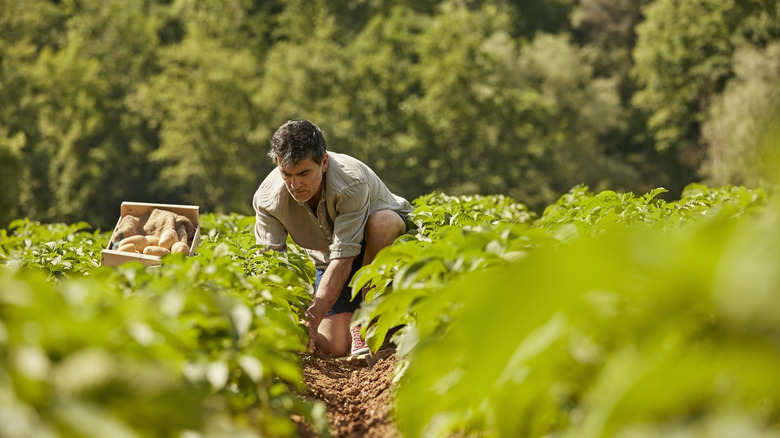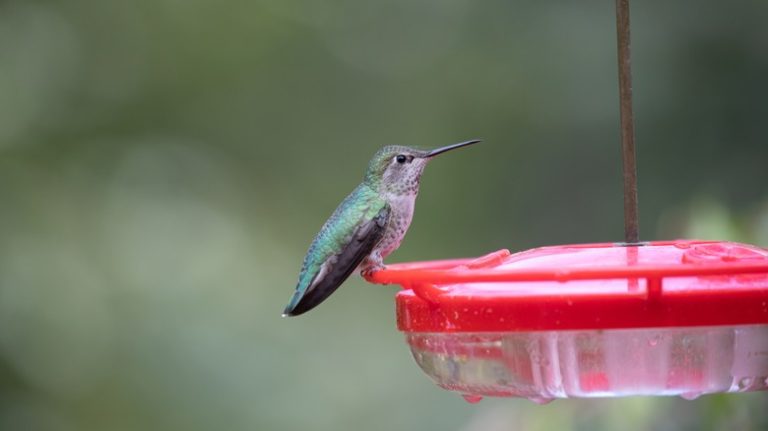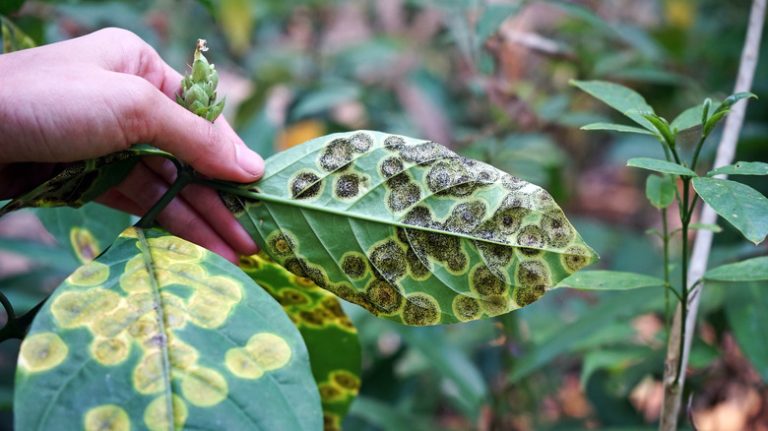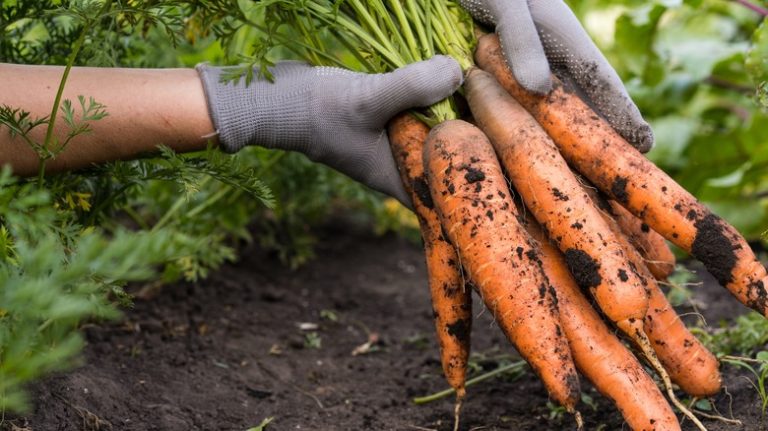Potatoes have been celebrated for their culinary versatility for ages. It’s no wonder they’re a cherished addition to countless recipes worldwide. From crispy fries to creamy mashed goodness, the potato’s ability to transform into a myriad of dishes has earned it a permanent place on dinner tables globally, making the prospect of having a steady supply of these earthly delights from one’s backyard undeniably tantalizing. However, the journey to a fruitful potato harvest is not without challenges, especially when employing traditional planting methods. This is why the TikTok-recommended potato planting method using straw or hay emerges as a revolutionary solution. But, does it really work? It sure does!
Potato farming, traditionally involving laborious digging and hilling or earthing up, can be intimidating for beginners and a taxing endeavor for seasoned gardeners. The no-dig potato planting method requires the use of straw or hay for planting seed potatoes. It not only promises a more accessible approach to growing potatoes but also addresses common pitfalls associated with traditional methods.
This innovative approach taps into the principles of permaculture, emphasizing minimal soil disturbance and a focus on building healthy, living soil. By eschewing traditional digging, gardeners can preserve soil structure, encourage beneficial microbial activity, and reduce weed proliferation. What’s more, it makes the traditionally labor-intensive practice of potato planting easier, so it’s more accessible to both novice and seasoned gardeners alike. It’s also a sustainable and eco-friendly approach to potato cultivation that aligns with modern gardening practices.
The no-dig potato planting method
Potato garden hack #fyp #gardening #survival #selfsufficiency #homesteading #HowTo #offgrid #sagesmokesurvival #urbanhomestead #potatoes #howtogarden #survivalgarden #regenerativeagriculture #bushcraft
♬ original sound – SageSmokeSurvival
The no-dig potato planting method, demonstrated on TikTok by @sagesmokesurvival, uses straw or hay and offers a novel and efficient way to cultivate these beloved tubers. Begin by choosing a sun-soaked, well-drained location for your potato bed. Lay down a substantial layer of straw or hay (@sagesmokesurvival recommends a depth of 6 inches) directly onto the ground, creating a natural mulch. This not only conserves soil moisture but also suppresses weed growth, minimizing the need for tedious weeding sessions.
Plant your seed potatoes underneath this straw or hay layer, ensuring they are adequately spaced about 12 to 18 inches apart. Cover the seeds with straw or hay, which then acts as a protective barrier. Water your finished straw or hay potato patch generously; this should keep the potato bed moist for several weeks. As the potatoes grow, add more straw or hay to maintain coverage, ensuring sunlight does not reach the developing tubers.
The success of this method lies in its ability to harness the benefits of soil insulation and weed suppression provided by the straw or hay, eliminating the need for traditional digging. The insulating layer helps regulate soil temperature, preventing extreme fluctuations that could impede potato growth. Furthermore, it promotes a healthier soil ecosystem by encouraging beneficial microbial activity, leading to the breaking down of the straw or hay, essentially turning it into nutritious mulch that’ll feed your potatoes as they grow.
Maximizing success with no-dig potato planting
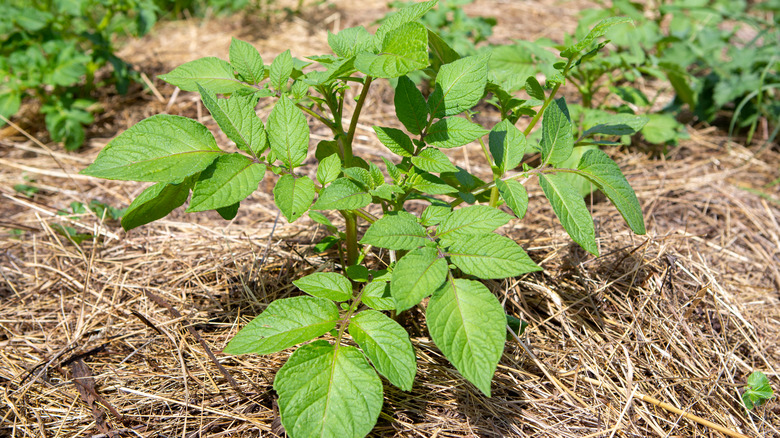
To optimize the no-dig potato planting method, pay close attention to watering practices, especially if you live in a hot, dry area. Maintaining consistently moist soil is crucial for supporting robust tuber development. The strategic placement of a soaker hose beneath the straw or hay layer can simplify watering while ensuring even distribution, although this is completely optional. You may also consider incorporating organic or natural fertilizers, such as well-rotted compost or aged manure, into the straw or hay layers. This not only provides essential nutrients but also enhances soil structure over time.
When it comes to harvesting, keep a keen eye on the potato plants. Depending on the variety of potato, harvest approximately 10 to 15 weeks after planting, around the time when the plants begin to flower, or when the foliage begins to wither. Gently dig around the straw or hay layers, revealing the hidden treasures beneath. Expect a yield comparable to traditional methods with the added benefits of reduced labor and soil disturbance. Embrace this innovative approach to potato farming, and you’ll enjoy the satisfaction of a flourishing harvest without the backbreaking toil associated with conventional digging methods.

